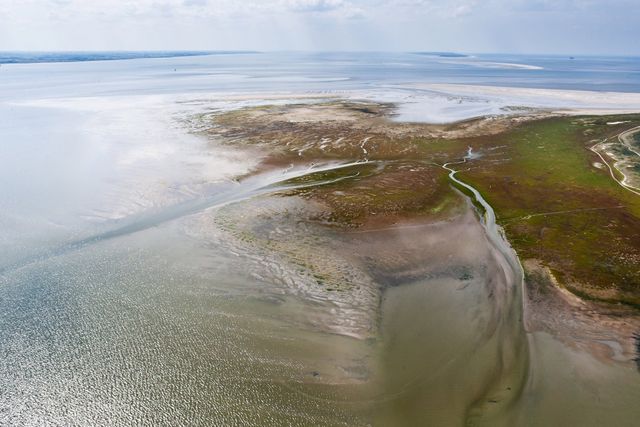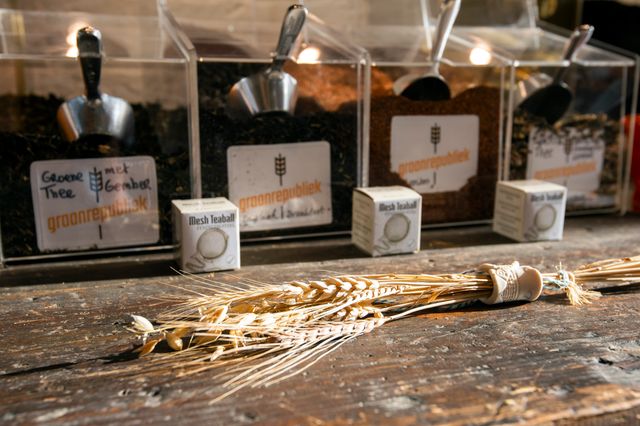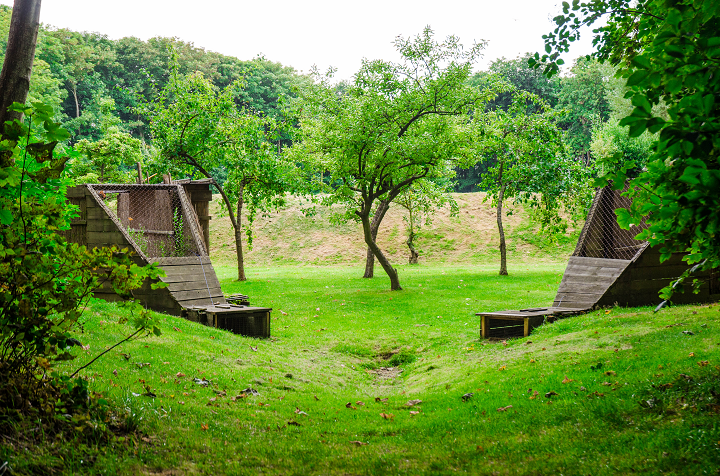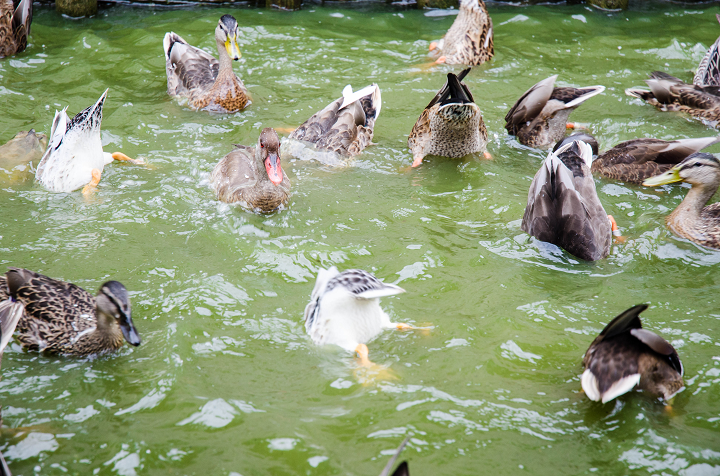The mysterious duck decoy of the Kooiplaats
The Kooiplaats is a unique farm with cows, sheep and chickens and a duck decoy that’s still (legally!) in use.
At de Kooiplaats holiday farm you can spend the night comfortably in an agricultural setting. The cows are milked in the morning and there are sheep and chickens, so fresh milk and eggs a-plenty. The Kooiplaats is one of seven remaining farms on the island. The presence of a fully functional duck decoy makes the farm extra special.
A duck decoy is probably a Dutch or Belgian invention. A kooibos and vangpijpen (pipes) are used to equip natural ponds to catch wigeons, teals, wild ducks and other waterfowl. Duck decoys could only be used to hunt waterfowl if they had a valid trapping licence.
A decoy was also required to have an afpalingsrecht ('right to fence off'). This stated that peace and quiet had to be maintained within a predetermined perimeter around the decoy. The decoy keeps its rights as long as at least one of the pipes is intact. That's also why many duck decoys remain an oasis of tranquillity. Because nature has had free reign here, these decoys are often incredibly diverse biotopes where many birds, insects and small mammals can be found.
The Wadden area was particularly suitable for this type of hunting. It's located on the migratory route of several duck species, offers endless foraging grounds and its freshwater ponds close to the saltwater Wadden Sea attract ducks. Approximately 150 duck decoys were installed along the borders of the Wadden Sea at one time. There are now only around 30 left, including the duck decoy from 1861 on Schiermonnikoog.
For almost a century now the Talsma family has been responsible for managing and maintaining this Natuurmonumenten-owned decoy. Ducks are still caught here but not to be eaten. Nowadays the birds are only ringed here, with the exception of the so-called soepeenden or 'soup ducks' (strange crossbreeds of wild and domestic ducks), who are still being killed for consumption.
Inside the duck decoy
Theun Talsma's father moved from Hallum in Friesland to Schiermonnikoog in 1927. "A farm showed up on the market, with a duck decoy. Father came from a family of decoymen. There’s even still a Talsma decoy in Hallum. Count Bernstorff, who owned Schiermonnikoog – and the duck decoy as well naturally – knew of my father's background and selected him out of 60 applicants."
We walk through the pasture next to the farm towards the decoy. Theun holds the high wooden gate open for us. Suddenly we're in a different world – a quiet, mysterious world.
Through the green dusk we first walk to the decoy house where the rings for the birds are stored and the administration files are kept. There is also a small wood burning stove with a pile of peat blocks next to it. "We don't use them for heat, you know. We always used to carry a smouldering block of peat in hand when going into the decoy. This masked your scent, so the ducks couldn't smell you."
The ducks outside are quacking up a storm. ‘They heard and saw us ages ago. You actually should crouch down and walk to the pipe through this little ditch, that way they don't spot you as easily.’ With the trees overhead, we continue along the path and around the pond. It's covered in a thick layer of moss. This is very convenient because, as a general rule, it prevents the ducks from hearing you. And it contributes to the surreal, mysterious atmosphere.
Along the way Theun picks a few handfuls of plums for the both of us. There are also apple and pear trees. Holes in the reed screens allow us to observe the birds in the pond without disturbing them. Various species of ducks are swimming around: pintails, wigeons and a little mandarin duck that someone dropped off here. Along the bank cormorants are drying their splayed wings.
The tour ends at the decoy's entrance. The gate, carefully closed behind us, shields off this hidden world.
From Smaak van de Wadden by Annette van Ruitenburg
Discover more
-
Schiermonnikoog
Schiermonnikoog

-
Taste of the Wadden
Taste of the Wadden




